Science Insider, the online news site for the American Association for the Advancement of Science, quoted SMU seismologist Brian Stump, saying seismic data confirms that an earthquake in North Korea was triggered by an explosion there Jan. 5.
Richard Stone, who covers international news for Science, quoted Stump in a Jan. 6 article, “Does North Korea really have an H-bomb?”
Stump’s work in detecting ground motion from explosions has for more than 20 years proved invaluable to the United States government in ensuring that the world’s nuclear powers abide by their agreements related to underground nuclear testing. He served as scientific adviser to the U.S. delegation to the Conference on Disarmament from 1994 through 1996 and continues to be called upon frequently to assist the U.S. government in the interpretation of seismic and acoustic data.
In 2014 he was named an American Association for the Advancement of Science (AAAS) Fellow for distinguished contributions to his field, particularly in the area of seismic monitoring in support of the Comprehensive Nuclear-Test-Ban Treaty.
AAAS is the world’s largest general scientific society and publisher of the journal Science. Stump is Albritton Chair of Geological Sciences in the Roy M. Huffington Department of Earth Sciences in SMU’s Dedman College.
EXCERPT:
By Richard Stone
Science Insider
North Korea claims to have detonated its first hydrogen bomb yesterday. But experts are skeptical that the pariah state detonated—not an ordinary atomic device—but a much more powerful “H-bomb of justice,” as state media is now calling it. So what kind of device did the reclusive regime test? And how can nuclear jockeys make such a determination from afar?There’s no doubt that North Korea detonated something near where it conducted nuclear tests in 2006, 2009, and 2013. Seismic stations yesterday recorded a magnitude-5.1 earthquake with a waveform nearly identical to those registered after North Korea’s earlier tests, supporting its claim. The waveform confirms that an explosion triggered yesterday’s earthquake, says Brian Stump, a seismologist at Southern Methodist University in Dallas, Texas. “It could be a chemical or nuclear explosion, but because of the magnitude it is likely a nuclear explosion,” he says. Researchers are now “chewing through the waveforms” registered by seismometers in the region “to see what’s different from 2013,” says Andy Frassetto, a seismologist with the Incorporated Research Institutions for Seismology consortium in Washington, D.C.
The estimated magnitude of yesterday’s detonation, 7 to 10 kilotons, equates to a small fission bomb. Compared to standard H-bombs, which get most of their ferocity from fusing hydrogen, that’s downright puny. The most powerful H-bomb ever tested had a yield of 50 megatons, around 2000 times more powerful than the 21-kiloton bomb dropped on Nagasaki at the end of World War II.
Follow SMUResearch.com on twitter at @smuresearch.
SMU is a nationally ranked private university in Dallas founded 100 years ago. Today, SMU enrolls nearly 11,000 students who benefit from the academic opportunities and international reach of seven degree-granting schools. For more information see www.smu.edu.
SMU has an uplink facility located on campus for live TV, radio, or online interviews. To speak with an SMU expert or book an SMU guest in the studio, call SMU News & Communications at 214-768-7650.

 California 6th grade science books: Climate change a matter of opinion not scientific fact
California 6th grade science books: Climate change a matter of opinion not scientific fact Reading ability soars if young struggling readers get school’s intensive help immediately
Reading ability soars if young struggling readers get school’s intensive help immediately $2 million NIH grant to help team from SMU and U-Maryland develop pediatric asthma monitor
$2 million NIH grant to help team from SMU and U-Maryland develop pediatric asthma monitor Top Quark: New precise particle measurement improves subatomic tool for probing mysteries of universe
Top Quark: New precise particle measurement improves subatomic tool for probing mysteries of universe New fossils intensify mystery of short-lived, toothy mammals unique to ancient North Pacific
New fossils intensify mystery of short-lived, toothy mammals unique to ancient North Pacific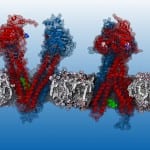 Drugs behave as predicted in computer model of key protein, enabling cancer drug discovery
Drugs behave as predicted in computer model of key protein, enabling cancer drug discovery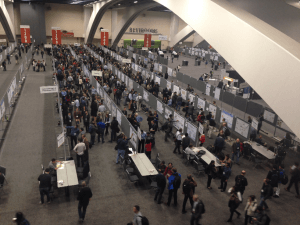

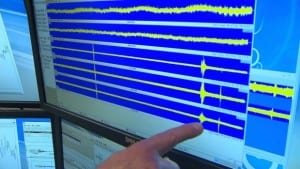
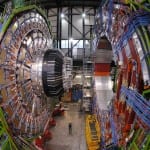
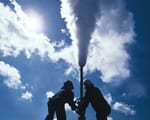 SMU geothermal scientist Maria Richards to guide global energy organization
SMU geothermal scientist Maria Richards to guide global energy organization 17 million-year-old whale fossil provides 1st exact date for East Africa’s puzzling uplift
17 million-year-old whale fossil provides 1st exact date for East Africa’s puzzling uplift